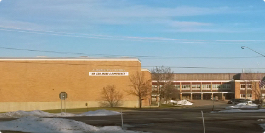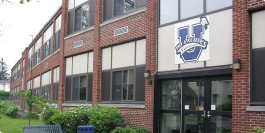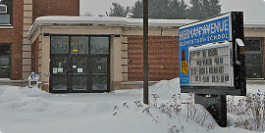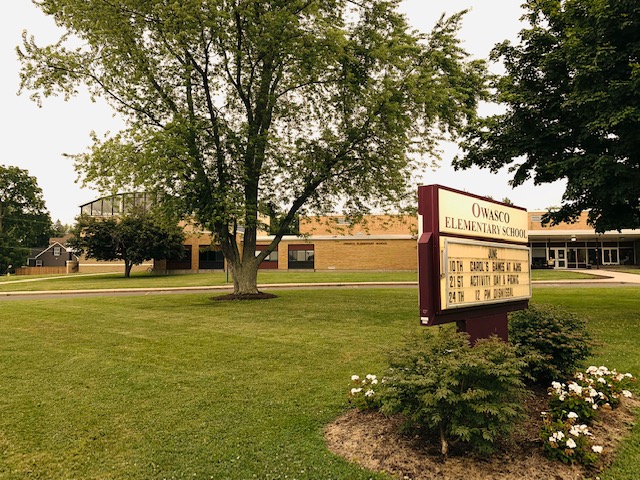Auburn already uses method to teach reading proposed by governor
Christopher SciriaAECSD Public Information Specialist
What you are doing now – reading these words – is something we do without even thinking. But can you remember how you learned to read?
It’s a simple question with a complex answer: How do you teach a child to read?
Recently, Gov. Kathy Hochul proposed that all school districts in New York change the way they teach reading to improve student performance. The proposal calls for districts to use methods that include phonemic awareness, phonics, decoding, vocabulary, and comprehension, also known as the science of reading.
To explain what some of these terms mean, phonemic awareness is the ability to notice, think about, and work with individual sounds. Phonics is defined as a method of teaching reading by correlating sounds with letters or groups of letters in an alphabetic writing system.
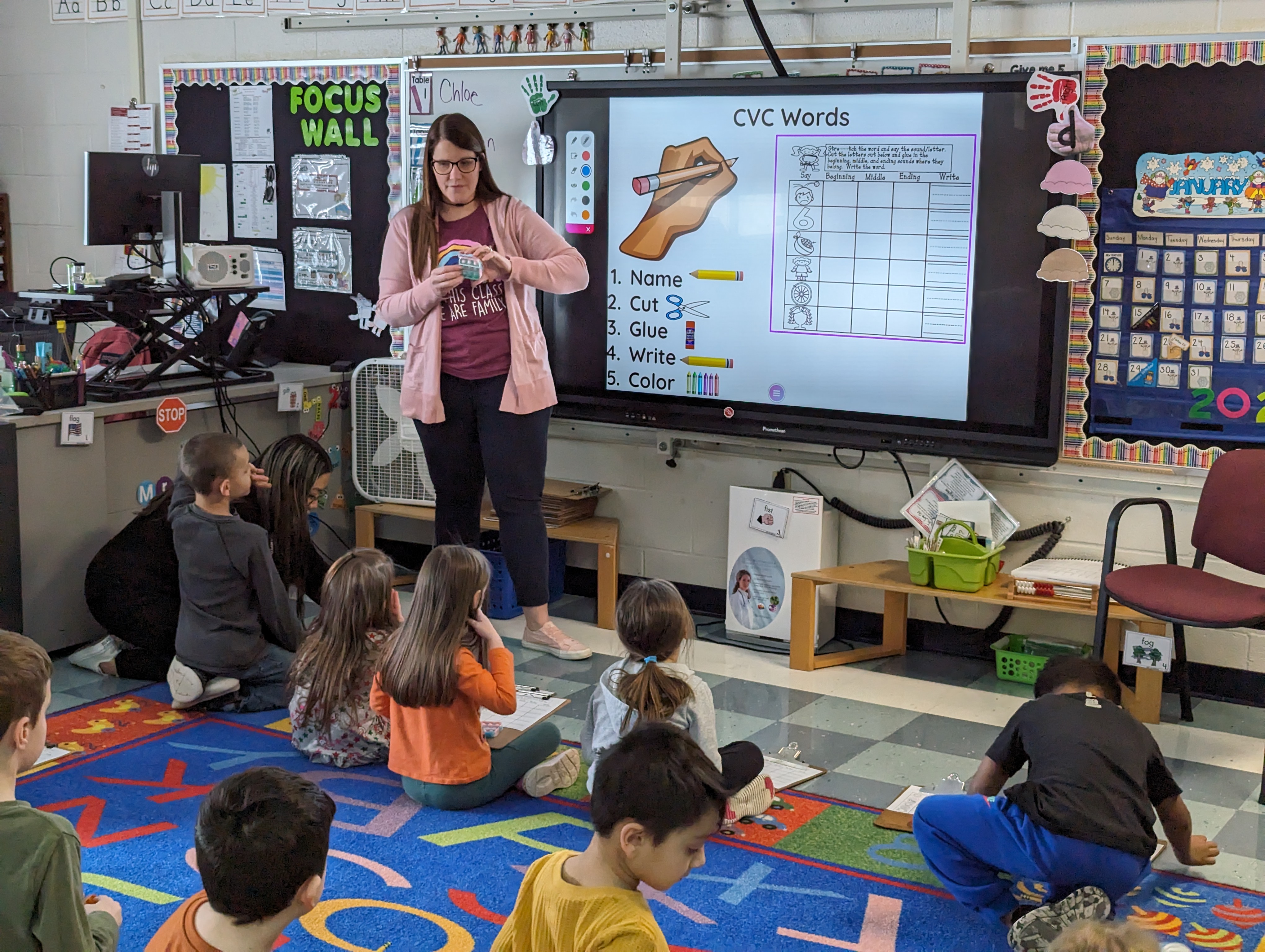
Using phonemic awareness and phonics helps students decode words, improving comprehension and expanding their vocabularies.
These methods are already being used in the Auburn Enlarged City School District. The district starts reading instruction at the pre-kindergarten level with the goal of its students being proficient readers after second grade. The UPK sites use Happily Ever After, a reading readiness program. The district then uses the Superkids K-2 reading program which combines phonics with a group of well-known characters that makes learning how to read fun.
“We have provided professional development and purchased programs that are aligned to the science of reading, starting back 10 years ago with the adoption of Superkids,” said Amy Mahunik, Auburn’s Assistant Superintendent for Curriculum and Instruction.
“Since then our intermediate level, grades three through fifth, have moved to the Amplify CKLA program. Now all of our programs, K-5, have a core literacy program that is aligned to the science of reading.”
Students learn to decode words by breaking down their sounds. They’re taught how to blend sounds to read words. This is where phonology assists with sound-symbol association.
In kindergarten, the focus is on short vowels. During one learning period, the students say the letters out loud, then pronounce the sounds the letter makes in the word, writing down the letters, then combining the sounds to pronounce the word. Then they cut out the letters and paste them on a sheet. After the students finish gluing all the letters, they bring the sheet to the teacher and pronounce the words.
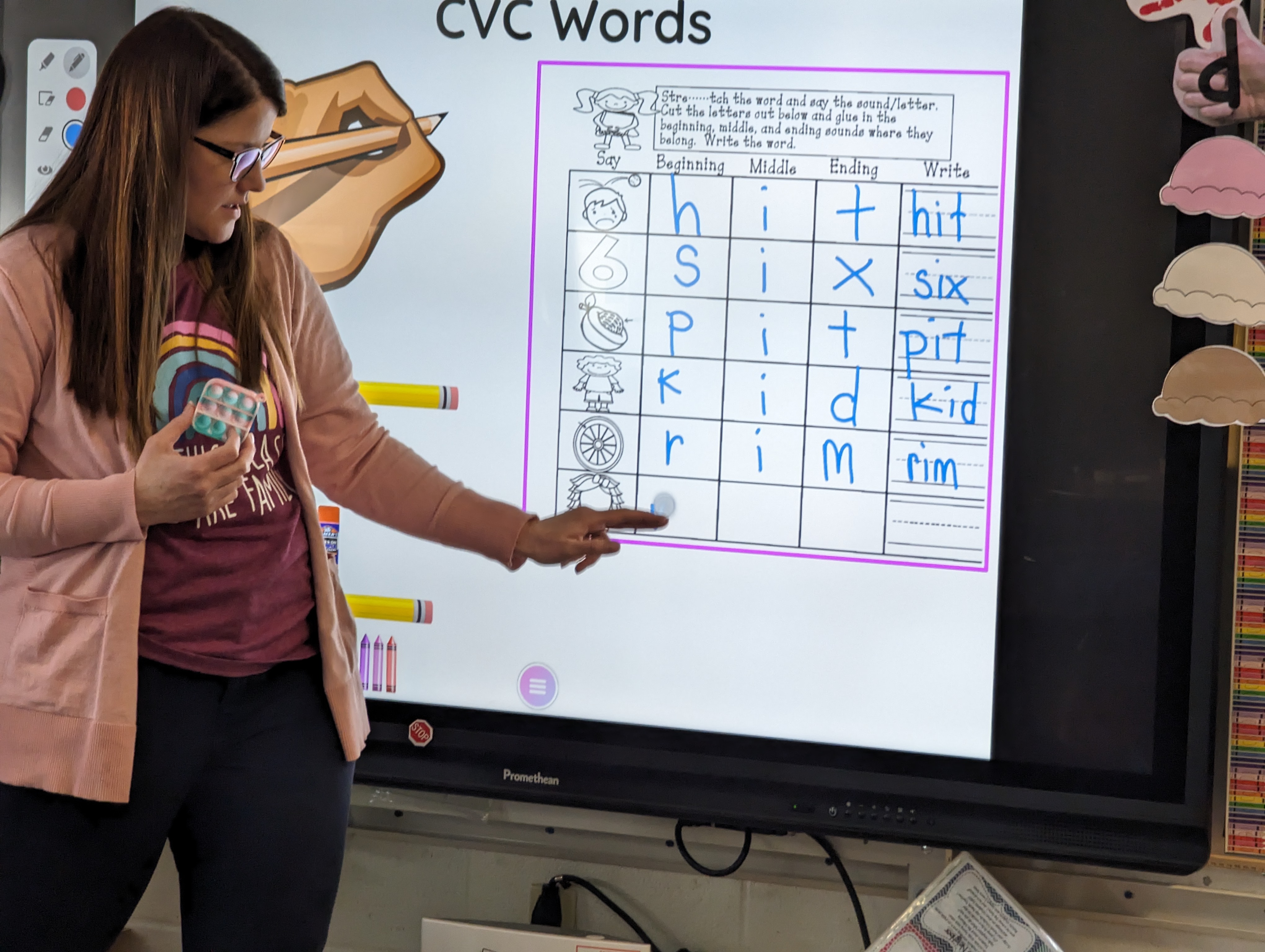
“There have been studies of children's brains and the different ways that they've learned how to read, and when you teach them through systematic, explicit phonics instruction, you teach them that there's actually a code to break,” said Auburn literacy coach Missy Picciano. “Then they are able to decode, or read, words a lot easier.”
In first grade, instruction includes words with long vowels, as well as many other sound-symbol relationships. It’s an important year for phonics instruction and by third grade, the expectation, according to Picciano, is that the student is “reading to learn instead of learning to read.”
“I think about how far the district has come just in that time,” said Picciano, who has been in the district for 12 years and taught first and second grades before becoming a coach. “I think back to my first year and what I was teaching, and then I see what the first grade teachers are teaching now. It's the same content, but the way that it's getting delivered is incredible, from all of the work that the administration has done and implementing coaches at each building and having a team of people that work together in each grade level.”
The district screens students three times a year to see if they need intervention. The idea is to diagnose the area of deficit, prescribe an appropriate intervention and then progress monitor its effectiveness in closing a student’s gaps. The school district has implemented a Multi-tiered Systems of Support (MTSS) framework to ensure that all students receive Tier 1 instruction through high quality curriculum and instruction in the classroom that includes differentiation and the triannual screenings. If students are identified as having gaps that require intervention, Tiers 2 and 3 are employed through intervention that can be provided in smaller groups or on an individual basis.
Tier 2 is when a student does not meet academic standards and they receive supplemental instruction and remediation of skills using evidence-based tools and practices, with progress monitoring. Tier 3 is implemented where a student falls significantly below academic standards. They receive intensive evidence-based interventions with more frequent progress monitoring.
When students are not making adequate progress and a teacher refers a student to the MTSS team for closer monitoring, the MTSS chairperson at each school and other AECSD staff, including the classroom teacher, invite the parents or guardians of the student to meet to collaborate on an instructional plan best suited for the student’s needs.
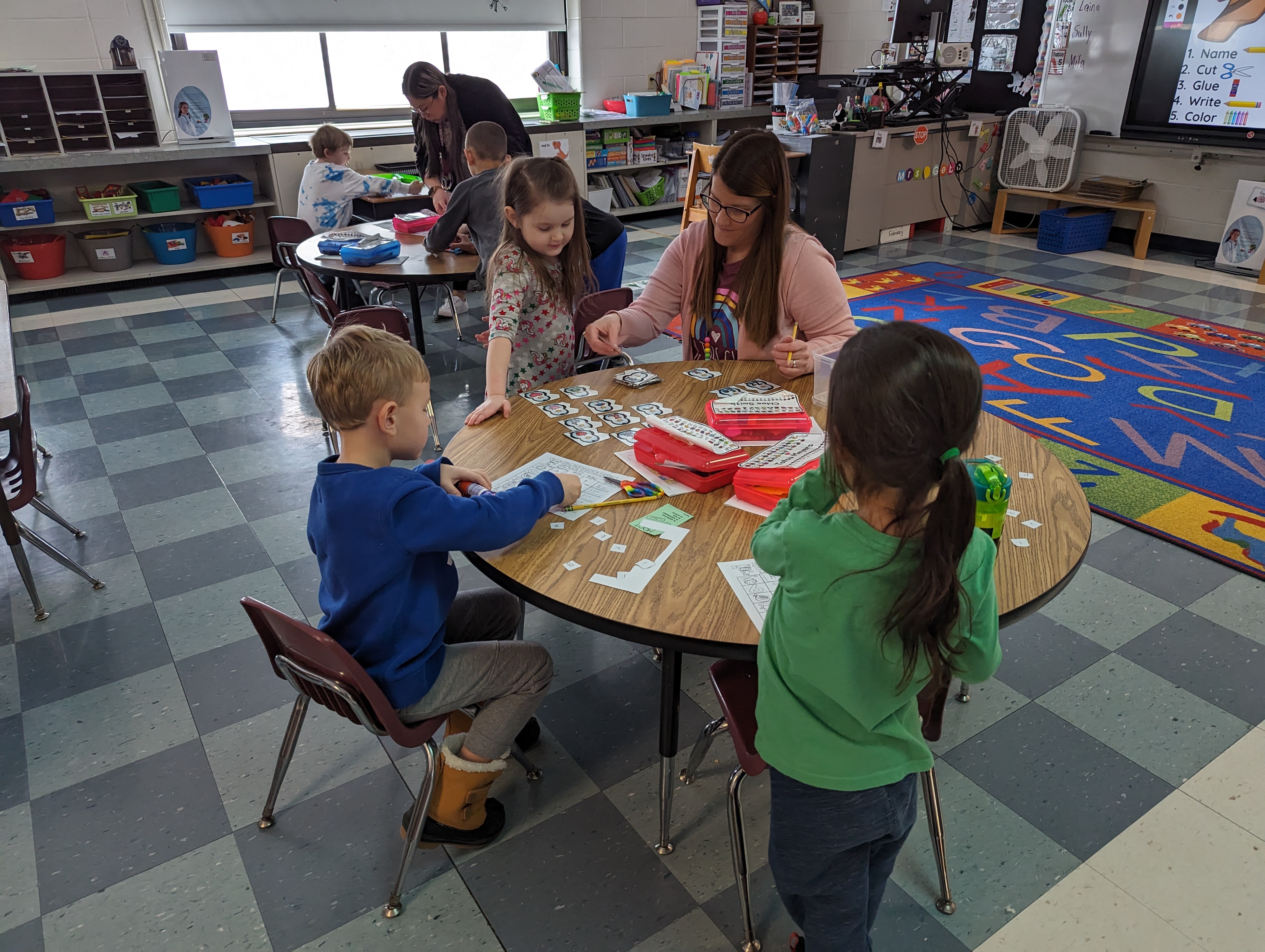
Tiers 2 and 3 differ in the frequency, length and duration of instruction. After six to eight weeks of targeted instruction, a determination is made whether the student has progressed enough to be considered on grade level, which is Tier 1, or needs continued support in Tiers 2 or 3.
Mahunik said the science of reading remains at the core of how the district teaches core reading instruction; the tools used for intervention; and it’s at the center of teachers’ professional development opportunities.
“We use the science of reading as our guide to ensure that our teaching practices are aligned to what science tells us and how a student acquires the skill to read and write and that we continually provide professional development for our teachers to deepen their knowledge in that area so that the instruction that we're providing; whether it's core instruction or interventions, are all aligned to the science of reading.”
.

